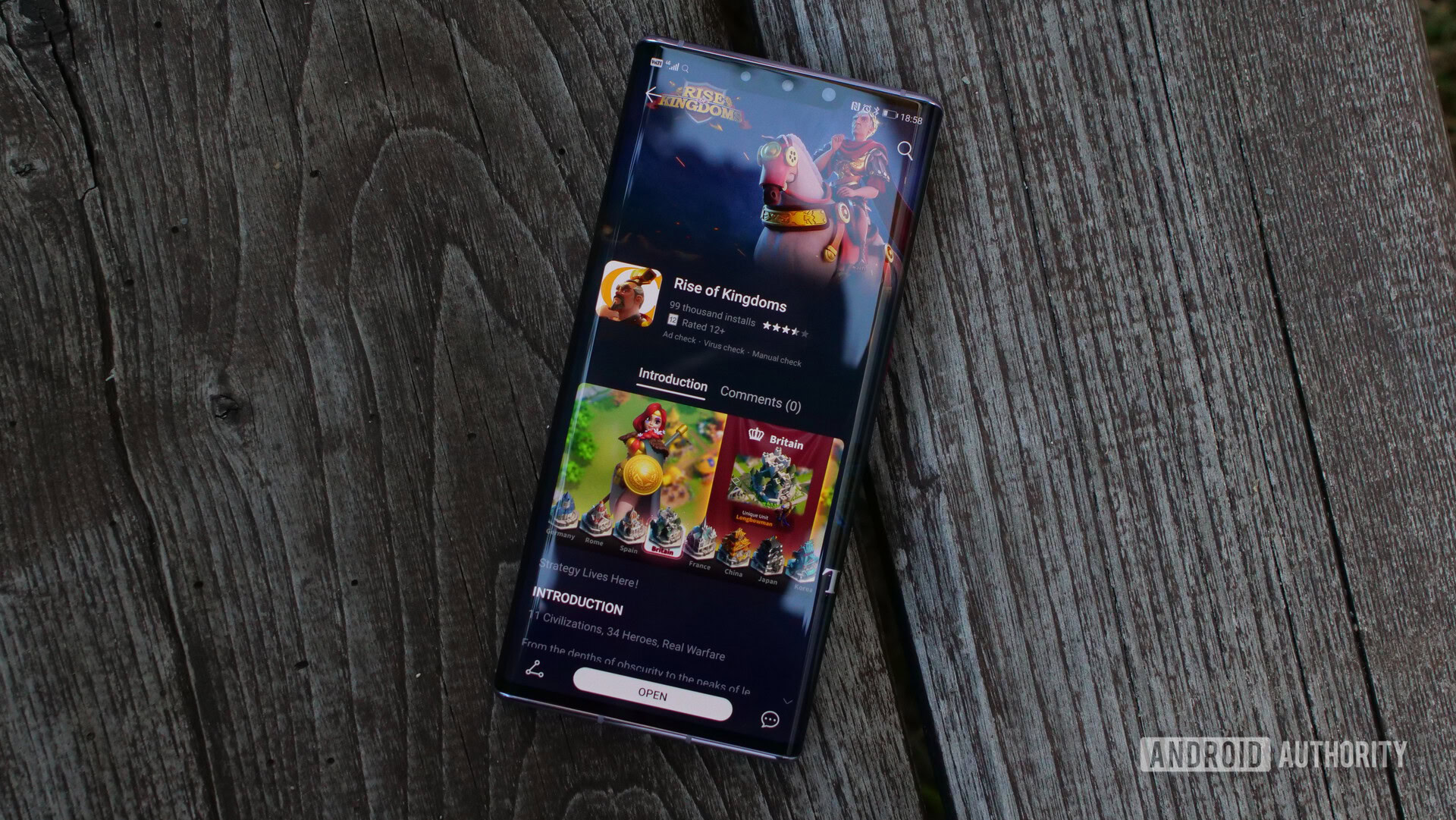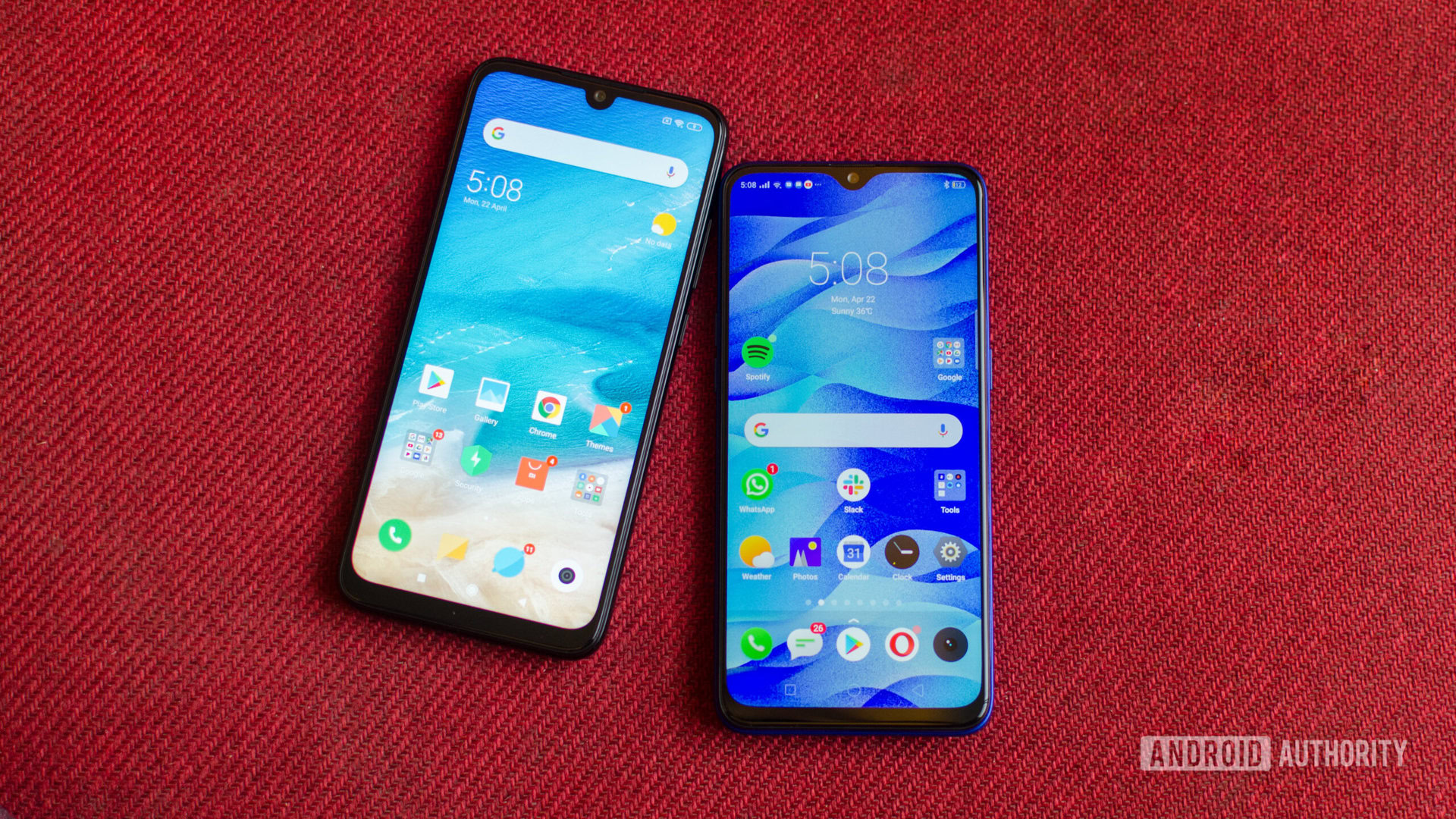Affiliate links on Android Authority may earn us a commission. Learn more.
Don’t underestimate the Chinese app store alliance
Published onFebruary 9, 2020

Chinese app stores are, put mildly, a mess. Even the reputable ones, like HUAWEI’s AppGallery, are full of shoddy apps, clones, and copyright-infringing content.
Software, in general, remains the big weakness of China’s phone makers, at least in international markets.
It’s easy to understand why some were quick to dismiss the news this week of an app alliance between China’s biggest phone manufacturers. However, I think that’s a little shortsighted.
The Big Four get together
The initiative is called, pompously, the Global Developer Service Alliance (GDSA). For now, it’s meant to offer a single platform for developers to upload their apps that would then be shared across the app stores maintained by Xiaomi, OPPO, and vivo.
According to Reuters, HUAWEI is also part of the GDSA. The company declined to comment. But HUAWEI would obviously benefit from any initiative that could replace, even in part, Google’s Play Store.
Read also: HUAWEI in 2020 – So many questions
Together, HUAWEI, Xiaomi, OPPO, and vivo account for over 40% of the phone market. They are also fierce rivals that fight tooth-and-nail in a highly competitive industry.
For these powerful players to band together, they must be highly motivated. The US government graciously provided the impetus, in the form of the export bans on ZTE (in 2018) and Huawei (ongoing).
Nothing to see here?
Out of the four brands, only Xiaomi gave out a brief statement on GDSA. “The Global Developer Service Alliance solely serves to facilitate the uploading of apps by developers to respective app stores of Xiaomi, OPPO, and vivo simultaneously. There’s no competing interest between this service and Google Play Store,” the company said in a statement to Android Authority.
This half-hearted denial doesn’t explain why Xiaomi had to enter a “global alliance” with some of its biggest rivals just to build a simple app distribution service.
The GDSA’s website openly says its ambitions go beyond just a unified upload system for OEM app stores. The group states it will provide “one-stop services including content distribution, development support, marketing operation, brand promotion and traffic monetization to global developers.”
That sounds an awful lot like what Google offers through the Play Store.

The fear factor
The sanctions on HUAWEI and ZTE have shown the Chinese tech industry just how fragile it is. The American government flipped a switch and the flow of crucial components just stopped.
The bans shattered the illusion that we live in a truly globalized world where money and goods will always flow freely, regardless of politics.
Sure, HUAWEI survived the ban – 10 months into the whole thing the company appears in good health and spoiling for a fight. But HUAWEI is the 800-pound gorilla of Chinese phone makers. Xiaomi and the BBK brands simply lack the scale and resources required to fight a similar ban. Just look at what happened to ZTE. A much larger company, ZTE shut down its factories just weeks after the US slapped it with an export ban.
Not even mighty HUAWEI was able to work around the complete monopoly US has on mobile operating systems – or rather, on mobile platforms that people actually want to use and app developers actually want to support. That’s why the Mate 30 Pro, with its superb hardware, is dead in the water in every market outside China.
China calling
So what can China’s ambitious smartphone makers do? Band together, of course, and try to build a practical alternative to Google’s platform. The bleak alternative is to keep building a house of cards and hope the US Department of Commerce won’t come calling.
Right now, the GDSA is just a half-baked website, wrapped into some speculation based on one unconfirmed news report. But I don’t think it will stay like that for long.
Chinese OEMs sold three out of every four smartphones in 2019. All of these companies are interested in supporting a ban-proof alternative to Google’s platform. Even if some may think they are immune to threats from the US, the Chinese government will surely encourage them to jump onboard.
China has set aside $21 billion to invest in homegrown chipsets. It poured massive resources in the development of AI and 5G technology. In comparison, building an app platform would be much cheaper and just as important for China’s ambition to lead the global tech industry.

Can they make it?
Chinese phone makers have strong reasons to come together and build an alternative to the Play Store. But there is no guarantee they will succeed.
For one, Chinese companies don’t have a track record of building global platforms (TikTok doesn’t count). Software is still their weakness, though that’s likely because they have different priorities, rather than lack of technical capacity. Samsung used to be derided for its software just a few years ago; there’s no reason why HUAWEI and its peers couldn’t follow suit.
Building a successful Play Store alternative would require years of work, lots of resources, and steely commitment. Perhaps that’s too much to ask from a group of very different companies with competing interests and divergent visions. Especially if the US relaxes its stance. Will Xiaomi still want to work with HUAWEI a couple of years from now?
Google will not be happy about any initiative meant to weaken its grip on the Android ecosystem.
Google will not be happy about any initiative meant to weaken its grip on the Android ecosystem. While it may not have the legal means to prevent the rise of competing app stores, it could throw its weight around in response to threats to its business.
Trust – or lack of trust – is a major issue. A China-sponsored app store would have to convince millions of users from around the world to entrust it with personal data and bank account numbers. That’s increasingly hard even for established Western companies.
This Play Store competitor would also have to gain the trust of developers. Besides basics like a solid technical infrastructure, developers would need to know that their work is protected from piracy and copyright infringement. Big-name app developers won’t want to be associated with apps that impersonate or peddle malware. That’s a massive issue right now with many Chinese app stores.
For what is worth, GDSA’s members know they have their work cut out. The group targets countries like India, Indonesia, Malaysia, Russia, and the Philippines. These are countries that still have lots of growth potential and where Google’s ecosystem is comparatively less important than in the West.
Final thoughts
I may be wrong about GDSA. Perhaps it’s not the threat to the Play Store that I envision it to be. But I do think Chinese companies will eventually try to build their own mobile platform. After the HUAWEI ban, they can no longer take Google for granted.
If they succeed, the danger is the Android ecosystem could become even more fragmented. The consequences are hard to predict. Some may be positive – more competition tends to be good for consumers. Some not so much – the uncertainty could push users towards Apple.
The Android ecosystem could become even more fragmented.
Ironically, the HUAWEI ban may hurt Google more than anyone else. The risk is Chinese companies will export the Google-free model they’ve employed in their home market to other countries. A future where the world is split into technological spheres of influence is conceivable.
Let us know your thoughts.